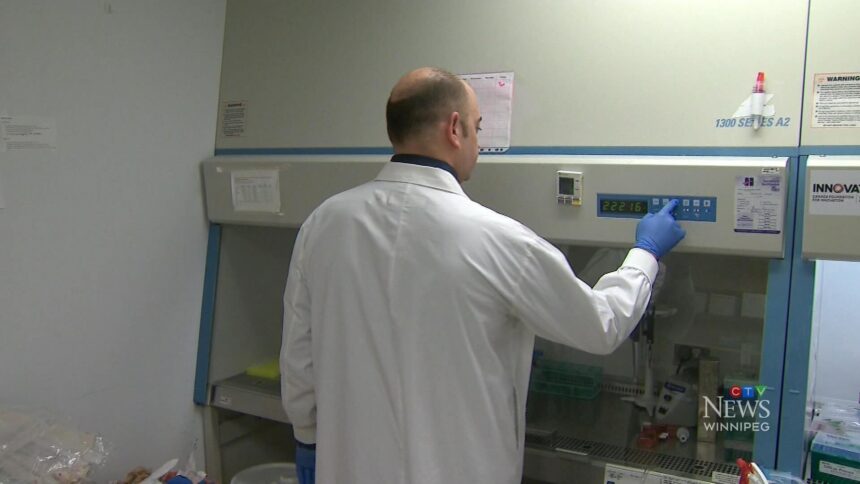In what could mark a turning point for Manitoba’s healthcare landscape, provincial authorities have unveiled an ambitious suite of programs designed to fast-track critical health research initiatives across the province. This strategic investment aims to position Manitoba as a leading hub for medical innovation while addressing pressing local health challenges that have long plagued the region.
The Manitoba Health Research Acceleration Program, announced yesterday at Winnipeg’s Health Sciences Centre, represents a coordinated effort between the provincial government, academic institutions, and private sector partners to streamline the often lengthy process of bringing medical discoveries from laboratory to clinical application.
“We’re eliminating unnecessary bureaucratic hurdles while maintaining rigorous scientific standards,” explained Dr. Miranda Chen, Chair of Manitoba’s Health Research Council. “The goal is simple but transformative: reduce the timeline from discovery to implementation by up to 40 percent without compromising patient safety or research integrity.”
This acceleration comes at a critical juncture for Manitoba’s healthcare system, which has grappled with significant challenges in rural and remote healthcare delivery, Indigenous health inequities, and chronic disease management. According to statistics from the Manitoba Centre for Health Policy, the province has seen concerning trends in diabetes rates, with prevalence 20% higher than the national average.
The initiative allocates $47 million over five years toward creating specialized research corridors focusing on Indigenous health, chronic disease prevention, and innovative care delivery models for rural communities. Particular emphasis has been placed on recruiting and retaining top research talent within the province.
“What makes this approach unique is its collaborative nature,” noted Professor James Woodward of the University of Manitoba’s Faculty of Health Sciences. “We’re breaking down traditional silos between disciplines and institutions, creating research ecosystems rather than isolated projects.”
The acceleration program includes the establishment of three research hubs across the province, with the primary center in Winnipeg and satellite facilities in Brandon and Thompson. This geographic distribution aims to ensure research priorities reflect the diverse health needs across Manitoba’s urban and rural landscape.
Indigenous leaders have cautiously welcomed the initiative while emphasizing the importance of meaningful inclusion. “True progress requires Indigenous leadership at every stage, from setting research priorities to implementing solutions,” stated Elaine Bear, health director for Manitoba Keewatinowi Okimakanak, representing northern First Nations communities.
The program also introduces a novel funding mechanism that provides sustained support throughout the research pipeline rather than the traditional grant-based approach that often creates funding gaps between research phases. This continuous funding model addresses what many researchers identify as a primary obstacle to research continuity.
Early reaction from Manitoba’s medical community has been largely positive, though some practitioners express concern about maintaining focus on patient-centered outcomes. “The accelerated timeline must not come at the expense of careful consideration of how these innovations will actually improve patient experiences and outcomes,” cautioned Dr. Robert Fleming, president of Doctors Manitoba.
The initiative’s economic implications extend beyond healthcare improvement. Analysis from the Manitoba Bureau of Economic Research suggests the program could generate up to 1,200 high-skilled jobs and potentially attract significant biotech investment to the province.
As Manitoba embarks on this ambitious research acceleration journey, the question remains: can this model of streamlined, collaborative research truly transform provincial healthcare outcomes, or will institutional inertia and competing priorities ultimately limit its impact? The answer may well determine the future direction of health innovation not just in Manitoba, but across Canada’s evolving healthcare landscape.










